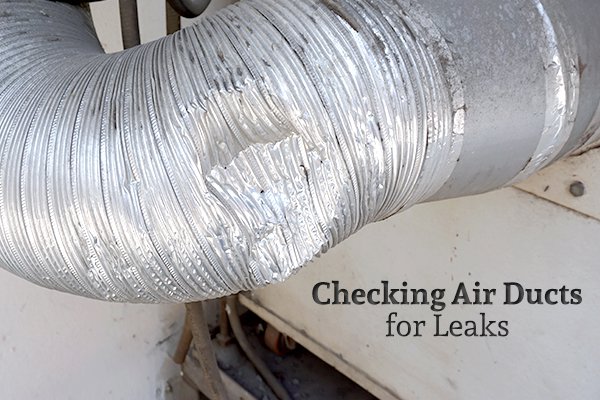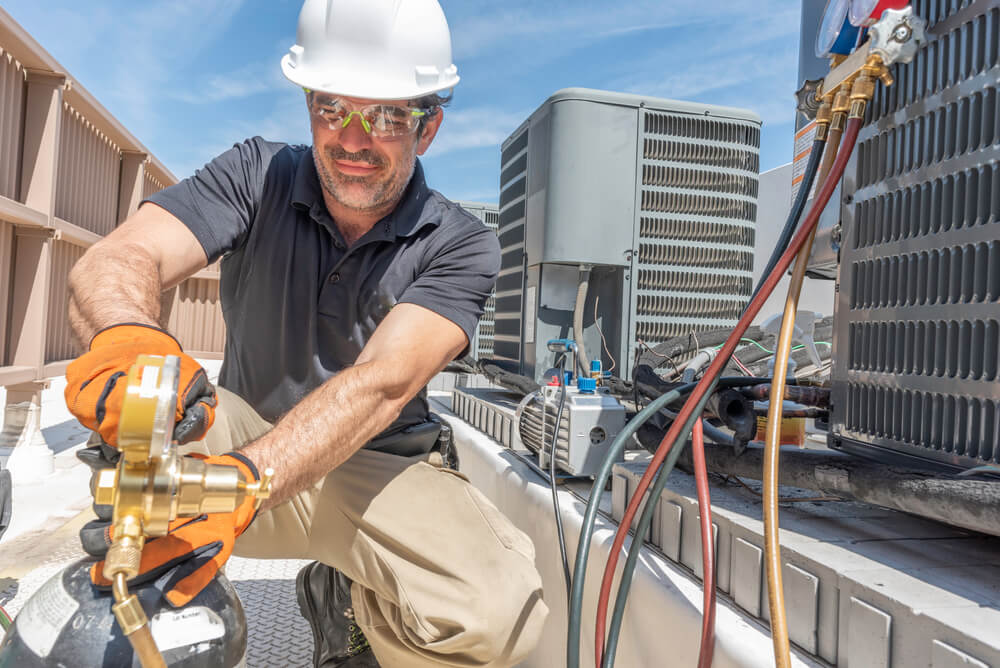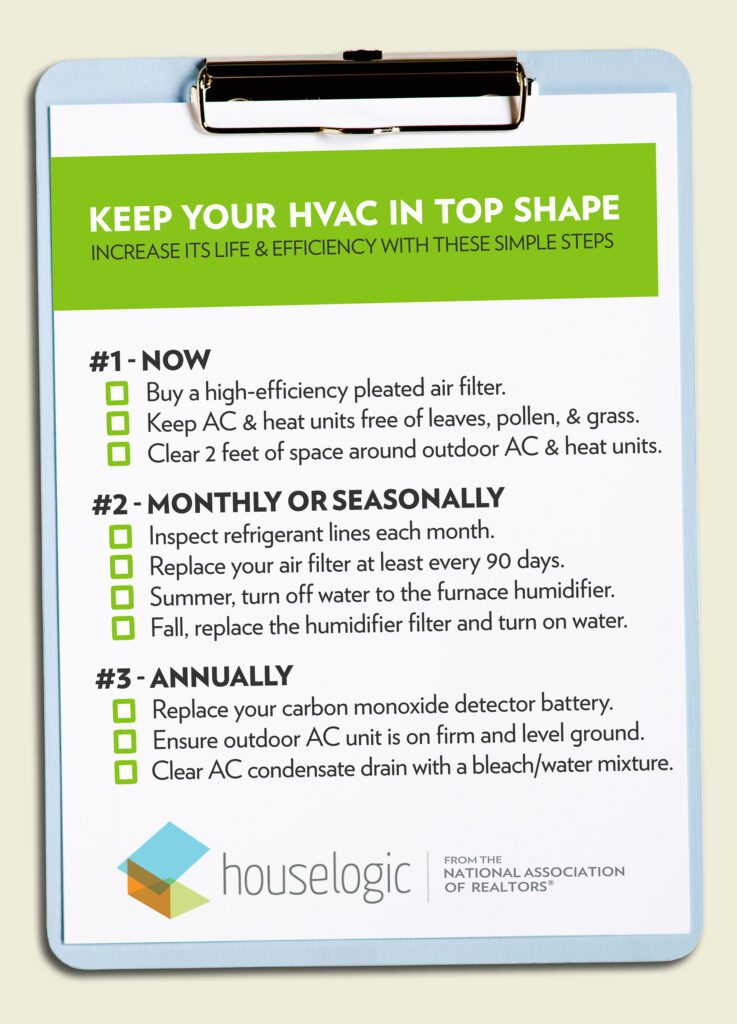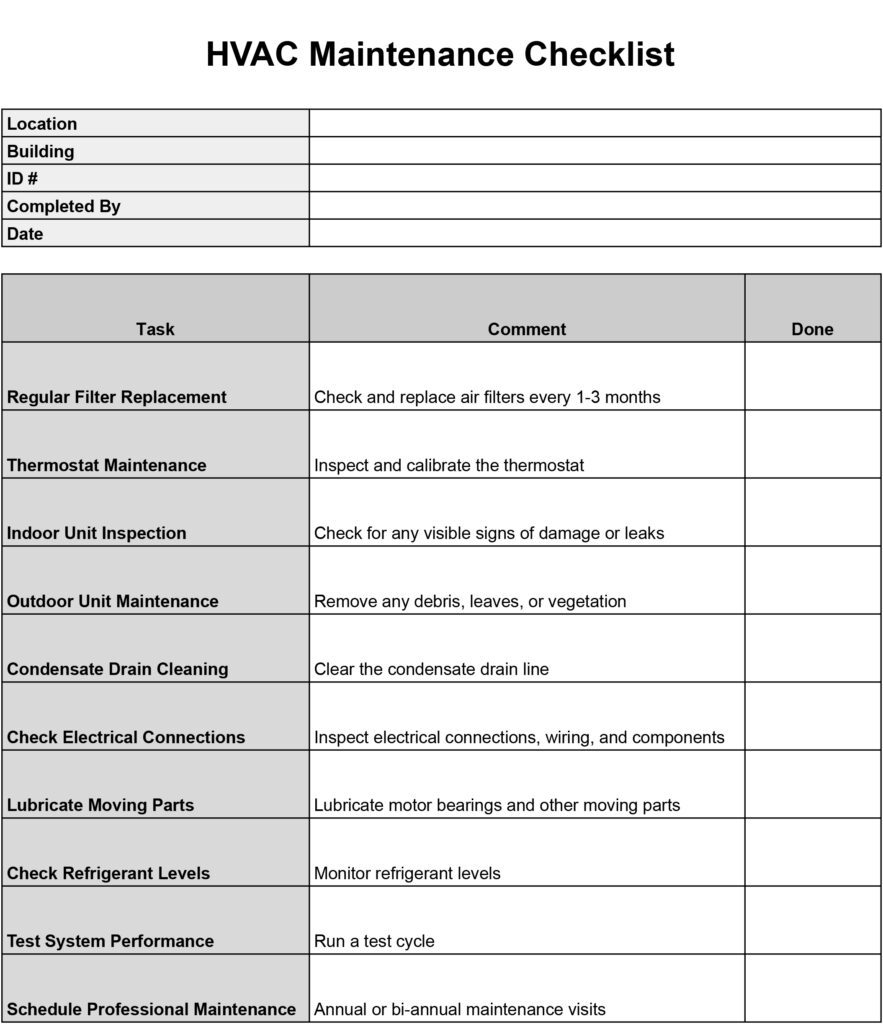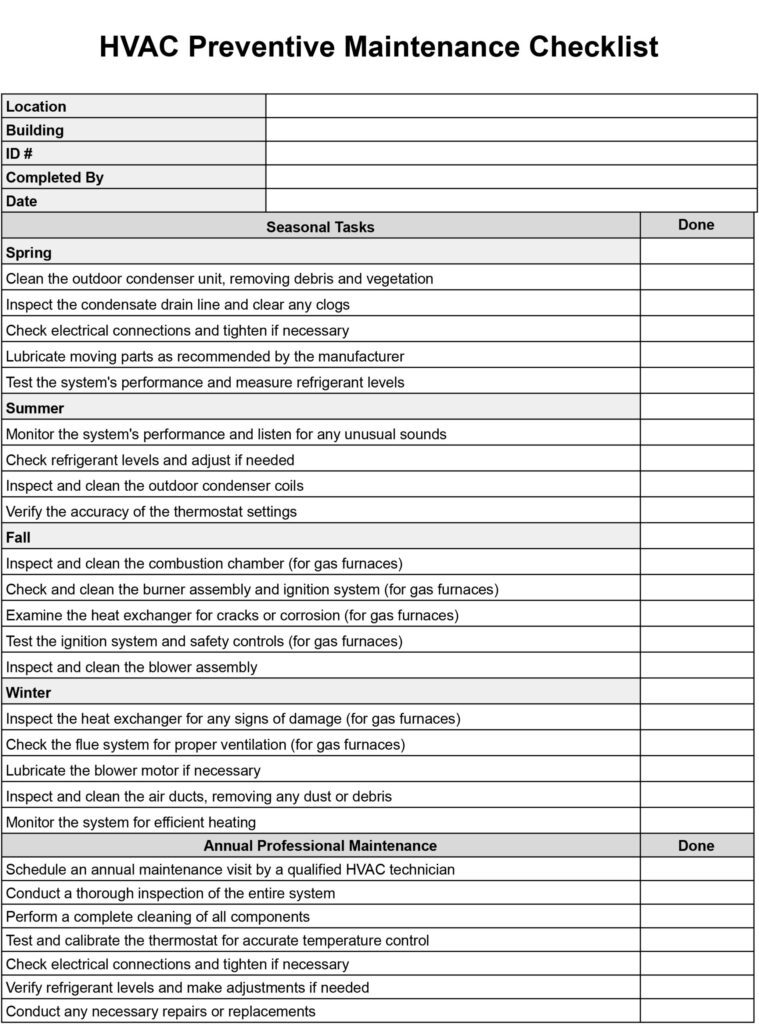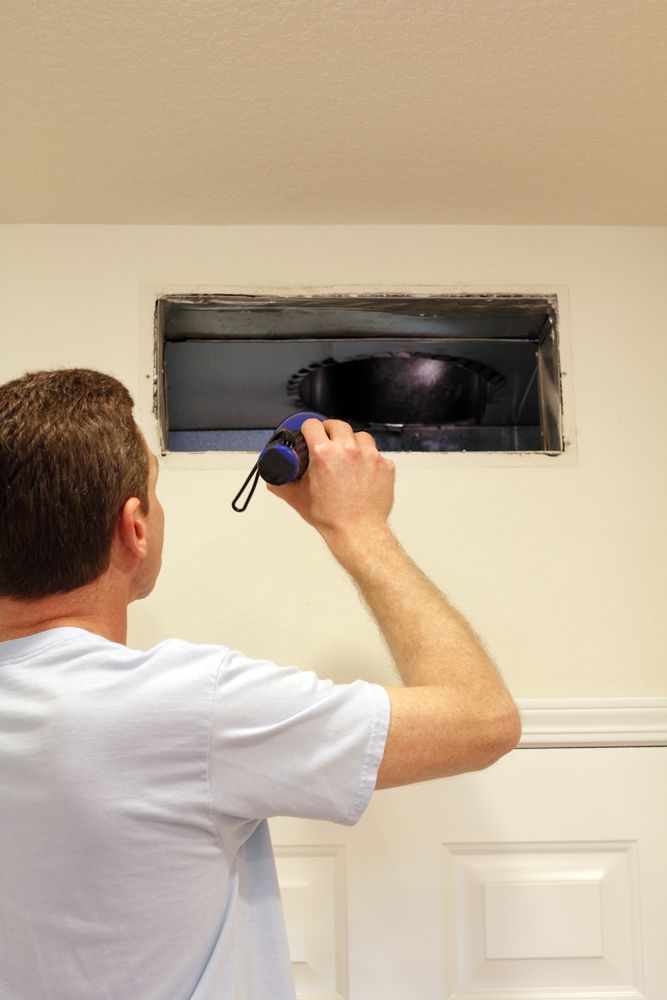You may not often think about it, but your home’s ductwork plays a vital role in the efficiency of your heating and cooling system. However, over time, these ducts can develop leaks that can lead to significant energy loss and reduced indoor comfort. That’s why it’s important to consider regular checks for ductwork leaks. By ensuring that your ducts are properly sealed, you can save money on energy bills, improve air quality, and enhance the overall performance of your HVAC system. So, let’s take a closer look at why checking your ductwork for leaks is a smart move for any homeowner.
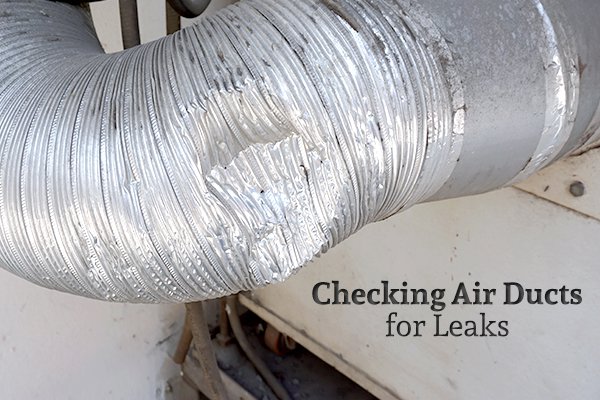

Benefits of Checking Ductwork for Leaks
Energy Efficiency
Checking ductwork for leaks can lead to improved energy efficiency in your home. When there are leaks in your duct system, the conditioned air that should be reaching your living spaces is escaping into the walls, attics, or crawl spaces. This means that your HVAC system has to work harder to maintain the desired temperature, resulting in increased energy consumption. By identifying and sealing these leaks, you can ensure that the air is properly distributed throughout your home, reducing the strain on your HVAC system and ultimately saving energy and money.
Improved Indoor Air Quality
Leaky ductwork can also have a negative impact on the indoor air quality of your home. When the air is not properly contained within the ducts, it can pick up pollutants, allergens, and other contaminants as it travels through unconditioned spaces. These particles can then be circulated throughout your home, leading to potential health issues such as allergies, respiratory problems, and asthma. Checking for ductwork leaks and sealing them off can help prevent the infiltration of outside pollutants, improving the overall indoor air quality and creating a healthier living environment for you and your family.
Enhanced Comfort and Performance
Another benefit of checking ductwork for leaks is the potential for enhanced comfort and performance in your home. Leaky ducts can result in uneven heating or cooling throughout different areas of your house. Some rooms may be excessively hot or cold, while others may not receive enough conditioned air. This can lead to discomfort and dissatisfaction with your HVAC system. By addressing and repairing ductwork leaks, you can ensure that the air is evenly distributed, creating a more comfortable and consistent temperature throughout your home. This can also help improve the overall performance of your HVAC system, allowing it to operate more efficiently and effectively.
Signs of Leaky Ductwork
High Energy Bills
One of the most noticeable signs of leaky ductwork is a sudden increase in your energy bills. When conditioned air is escaping through leaks, your HVAC system has to work harder and run for longer periods to maintain the desired temperature in your home. This increased demand for energy results in higher utility bills. If you’ve noticed a significant spike in your energy costs without any other explanation, it may be a good idea to check your ductwork for leaks.
Uneven Heating or Cooling
Another telltale sign of leaky ductwork is uneven heating or cooling in your home. If you notice that certain rooms or areas are consistently warmer or colder than others, it could be a sign that the conditioned air is not properly reaching those spaces. Leaky ducts can cause air to escape before it reaches its intended destination, leading to inconsistent temperatures throughout your home. If you find yourself constantly adjusting the thermostat to compensate for temperature variations, it’s worth investigating your ductwork for leaks.
Excessive Dust or Allergies
Leaky ductwork can also contribute to the accumulation of dust and allergens in your home. When air escapes through leaks, it can draw in particles from unconditioned spaces, such as attics or crawl spaces. These particles can then circulate throughout your home, settling on surfaces and exacerbating dust allergies. If you notice an increase in dust buildup or find that you or your family members are experiencing more frequent allergy symptoms, it may be a sign that your ductwork has leaks that need to be addressed.
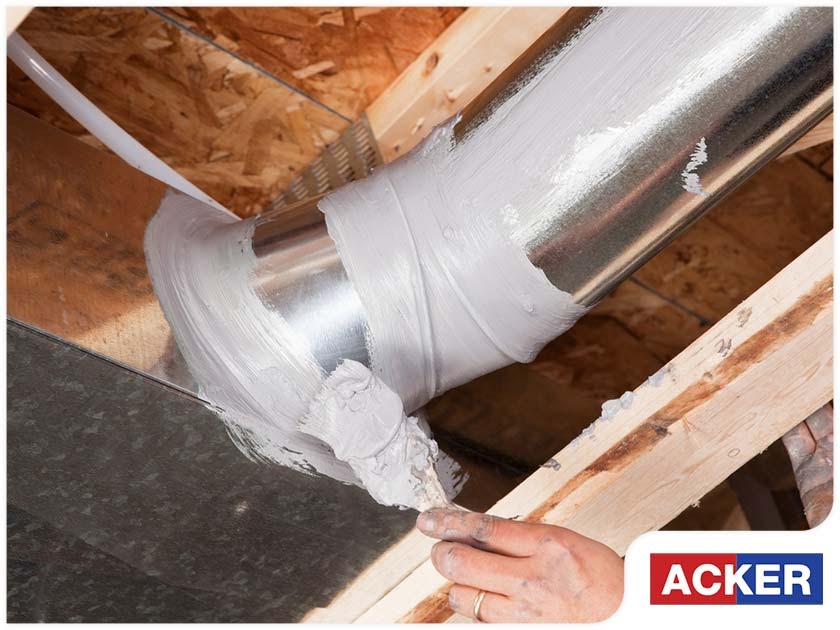

Methods to Check for Ductwork Leaks
Visual Inspection
One method to check for ductwork leaks is through a visual inspection. This involves carefully examining the visible sections of your duct system, such as those located in your attic, basement, or crawlspace. Look for obvious signs of damage, such as disconnected joints, holes, or loose connections. Pay attention to any areas with visible dirt streaks, as this could indicate air leakage. Inspecting your ductwork visually can give you a preliminary idea of the condition of your ducts and help identify areas that may require further investigation or repair.
Duct Leakage Testing
Another method to check for ductwork leaks is through duct leakage testing. This involves using specialized equipment to measure the amount of air that is leaking from the ducts. A professional technician can conduct a duct leakage test using a pressure testing device and smoke pencils to identify areas of air leakage. This method provides a more accurate assessment of the extent and location of the leaks, allowing for targeted repairs and improvements.
Smoke Testing
Smoke testing is another effective method for detecting ductwork leaks. This method involves introducing smoke into the duct system and observing its movement. If there are leaks in the ducts, the smoke will escape through these openings, making them visible to the naked eye. Smoke testing can help identify leaks that may not be easily visible during a visual inspection. It is important to note that smoke testing should be conducted by a trained professional to ensure safety and accurate results.
Consequences of Ignoring Ductwork Leaks
Decreased Energy Efficiency
Ignoring ductwork leaks can have a significant impact on the energy efficiency of your HVAC system. When air is escaping through leaks, your HVAC system has to work harder and run for longer periods to compensate for the lost air. This not only increases energy consumption but also puts unnecessary strain on the system. Over time, this increased workload can lead to decreased energy efficiency and potentially shorten the lifespan of your HVAC equipment. By addressing ductwork leaks promptly, you can restore the energy efficiency of your system and avoid unnecessary energy waste.
Potential Health Risks
Leaky ductwork can also pose potential health risks for you and your family. When air travels through unconditioned spaces and picks up pollutants, allergens, and other contaminants, it can circulate these particles throughout your home. Breathing in these pollutants can lead to respiratory problems, allergies, or asthma attacks, particularly for individuals who are sensitive or have pre-existing conditions. By ignoring ductwork leaks, you are allowing these contaminants to be continuously circulated in your living spaces, putting your health at risk. Addressing leaks and improving indoor air quality can help create a healthier home environment.
Wasted Energy and Increased Utility Bills
Ignoring ductwork leaks ultimately results in wasted energy and increased utility bills. The conditioned air that is being lost through leaks is essentially wasted energy. Your HVAC system is working hard to cool or heat the air, only for it to escape before reaching its intended destination. This energy waste not only impacts the efficiency of your system but also increases your energy costs. By ignoring ductwork leaks, you are essentially paying for energy that is not effectively being used to heat or cool your home. Addressing these leaks can help reduce energy waste and lower your utility bills.
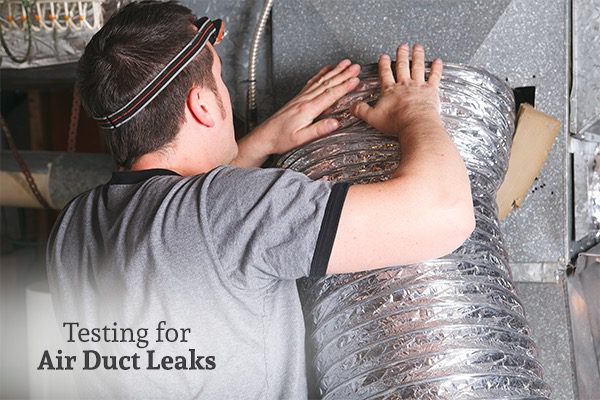

Importance of Professional Ductwork Inspection
Expertise and Safety
While DIY methods can help identify some ductwork leaks, a professional ductwork inspection offers several advantages. Professionals have the expertise and knowledge to thoroughly assess your entire duct system, identifying both visible and hidden leaks. They are trained to recognize the different signs of leaks, understand the complexities of ductwork systems, and have the necessary safety measures in place to protect themselves and your home during the inspection. This expertise and attention to safety ensure that the inspection is conducted properly and that any identified leaks are accurately addressed.
Specialized Equipment
Professional ductwork inspections are also beneficial because they utilize specialized equipment. These tools and instruments are designed to measure airflow, detect leaks, and provide accurate readings of the condition and efficiency of your duct system. Equipment such as pressure testing devices, smoke pencils, and thermal imaging cameras can be used to assess the extent of air leakage and identify areas that require repair. By using specialized equipment, professionals can provide a more precise diagnosis and offer appropriate solutions.
Accurate Diagnosis
Perhaps one of the most significant advantages of a professional ductwork inspection is the accurate diagnosis of ductwork leaks. Professionals have the experience to determine the severity and location of leaks, as well as any underlying issues that may be contributing to the problem. This accurate diagnosis allows for targeted repairs, ensuring that leaks are effectively sealed and that your duct system is restored to optimal performance. Professionals can also provide recommendations for preventive measures to avoid future leaks and maintain the efficiency of your HVAC system.
DIY Ductwork Leak Detection Tips
Check for Visible Leaks
If you suspect your ductwork has leaks, you can perform a visual inspection yourself. Take a close look at the visible sections of your ducts, such as those in your attic or basement, and look for signs of damage or disconnection. Check for loose connections, disconnected joints, or holes in the ductwork. Additionally, pay attention to any areas with noticeable dirt streaks, as this could indicate air leakage. While a visual inspection may not uncover all leaks, it can provide a preliminary indication of the condition of your ducts and help identify areas that may require further investigation or professional repair.
Feel for Air Leaks
Another DIY method to check for ductwork leaks is to feel for air leaks. Turn on your HVAC system and feel along the exposed ductwork for any areas where air is escaping. If you feel a significant amount of air movement or notice a cool or warm draft, it may indicate a leak. Pay close attention to joints, intersections, and areas where ducts meet in corners or ceilings. While this method may not be as accurate as a professional inspection, it can give you a general idea of the location of potential leaks.
Monitor Utility Bills
Monitoring your utility bills can also provide clues about potential ductwork leaks. If you notice a sudden increase in your energy costs without any other explanation, it may indicate that your HVAC system is working harder than necessary due to leaks in the ductwork. Keep track of your energy usage and compare it to previous months or years. A significant deviation from the norm could be a sign that leaks are impacting the efficiency of your system. While this method alone may not pinpoint the exact location of the leaks, it can help you determine if further investigation or professional assistance is needed.
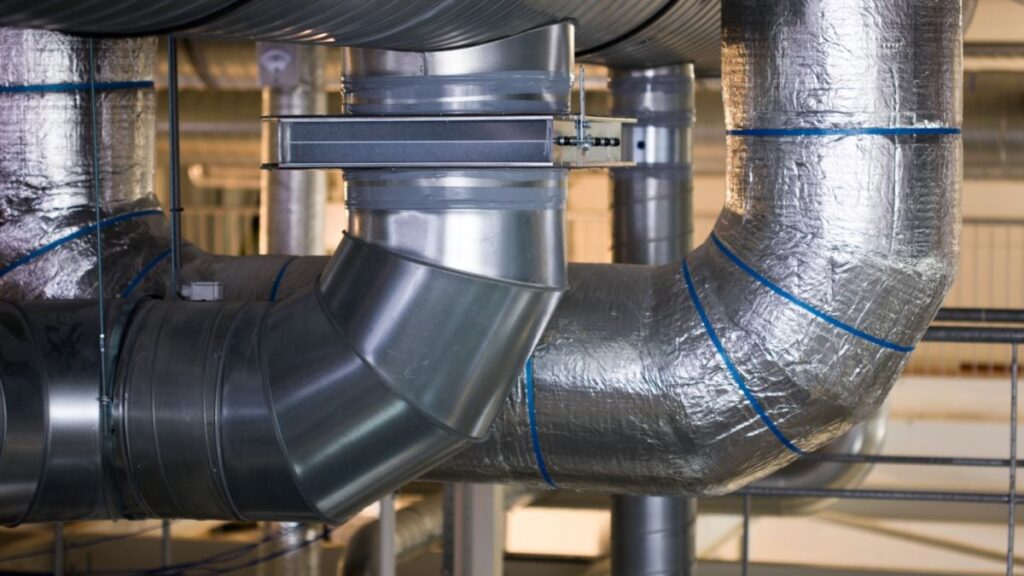

Common Causes of Ductwork Leaks
Poor Installation
One common cause of ductwork leaks is poor installation. Improperly sealed joints or connections, loose or disconnected sections, and improperly sized or designed ducts can all contribute to air leakage. When ductwork is not installed correctly, it is prone to developing leaks over time. It is important to ensure that your duct system is installed by qualified professionals who understand the proper techniques and standards for airtight installation.
Aging Ductwork
Ductwork, like any other component of your home, deteriorates with age. Over time, the seals, joints, and connections may weaken or deteriorate, leading to leaks. Aging ductwork is more susceptible to damage and may develop cracks or holes that allow air to escape. Regular inspections and maintenance can help identify these issues before they become significant problems.
Physical Damage
Physical damage is another common cause of ductwork leaks. Accidental damage from construction or renovation work, pests or rodents nesting in the ducts, or any other impact or trauma to the ductwork can cause leaks to occur. Physical damage can be difficult to detect visually, making a professional inspection essential to identify and address any unnoticed leaks.
Ductwork Leak Repair Options
Sealing with Mastic or Foil Tape
One common method for repairing ductwork leaks is to seal them using mastic or foil tape. Mastic is a thick adhesive material that can be applied to the joints or connections of the ductwork to create an airtight seal. Foil tape, on the other hand, is a metallic tape that can be used to cover holes or cracks in the ducts. Both mastic and foil tape are effective in sealing small to moderate leaks and can help improve the energy efficiency of your HVAC system. It is important to follow the manufacturer’s instructions and ensure that the surfaces are clean and dry before applying the sealant or tape.
Professional Duct Sealing Services
For larger or more complex ductwork leaks, it is advisable to seek the services of a professional duct sealing company. These professionals have the knowledge, expertise, and specialized equipment to effectively seal leaks in your duct system. They may use methods such as aerosol sealants or injectable sealants to reach inaccessible areas and ensure complete sealing. Professional duct sealing services can provide long-term solutions, improving the performance and efficiency of your HVAC system.
Duct Replacement
In some cases, duct replacement may be necessary to address severe or extensive ductwork leaks. If your ducts are old, extensively damaged, or improperly installed, replacing them may be the most effective solution. Duct replacement allows for a fresh start, ensuring that your new ductwork is properly sized, sealed, and installed for optimal performance. While duct replacement may involve a higher upfront cost, it can provide significant long-term benefits in terms of energy efficiency, indoor air quality, and comfort.
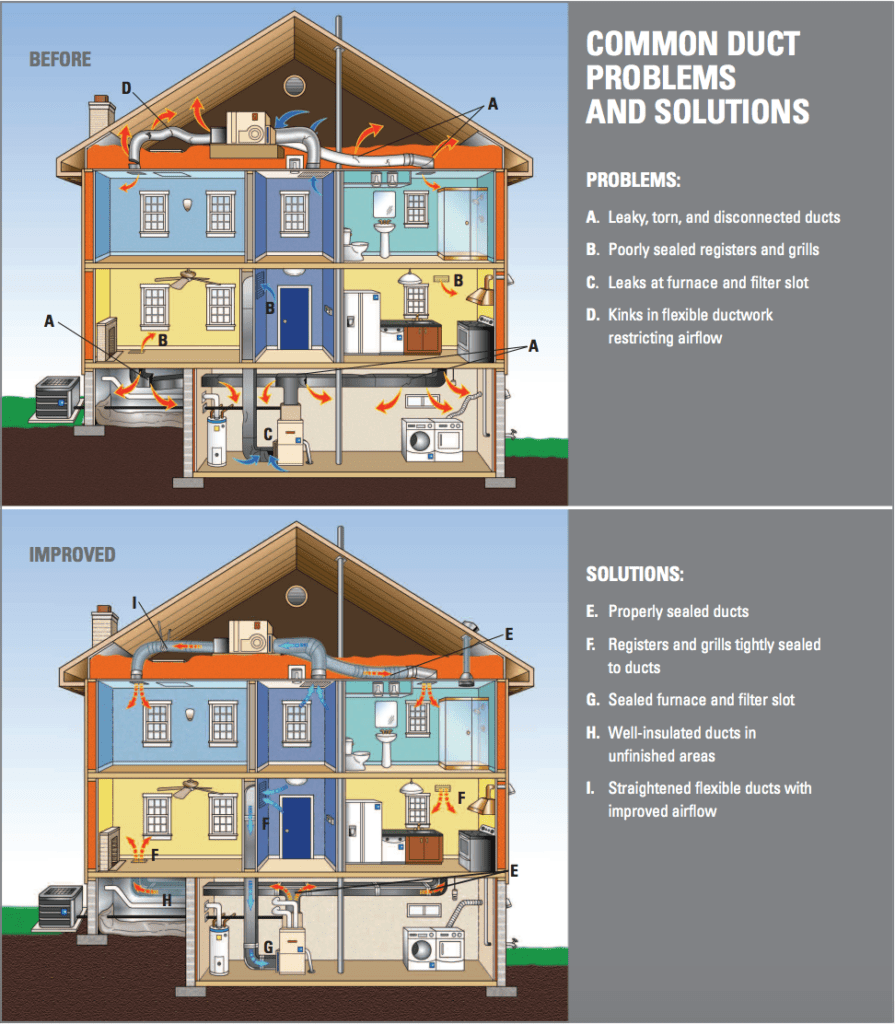

Preventive Measures to Avoid Ductwork Leaks
Regular Maintenance and Cleaning
One of the best preventive measures to avoid ductwork leaks is regular maintenance and cleaning. Schedule regular inspections of your duct system by a professional to identify any potential issues or leaks. Additionally, make sure to clean your ducts regularly to remove accumulated dust, debris, or allergens that can contribute to poor indoor air quality or cause damage to the ductwork. Regular maintenance and cleaning can help identify and address leaky ducts before they become major problems.
Proper Insulation
Properly insulating your ductwork can also help prevent leaks and improve energy efficiency. Insulation serves as a barrier, preventing the escape of conditioned air and minimizing energy loss. Insulating your ducts can help maintain the desired temperature within the ducts, ensuring that the air reaches its intended destination without losing heat or cooling along the way. Proper insulation can also help prevent condensation or moisture buildup within the ductwork, reducing the risk of mold or mildew growth.
Professional Installation
Lastly, ensuring that your ductwork is installed correctly by professionals is crucial in avoiding future leaks. Qualified HVAC technicians have the knowledge and experience to design and install an efficient and airtight duct system. Properly installed ductwork minimizes the risk of leaks, ensuring that the air is distributed evenly and efficiently throughout your home. Investing in professional installation can help prevent future problems and ensure the longevity and performance of your duct system.
Conclusion
Regularly checking your ductwork for leaks offers numerous benefits for your home. By addressing ductwork leaks, you can improve energy efficiency, enhance indoor air quality, and enjoy enhanced comfort and performance from your HVAC system. Signs of leaky ductwork, such as high energy bills, uneven heating or cooling, and excessive dust or allergies, should not be ignored. Methods such as visual inspection, duct leakage testing, and smoke testing can be employed to identify and locate leaks. Ignoring ductwork leaks can result in decreased energy efficiency, potential health risks, and wasted energy with increased utility bills.
While DIY methods can be helpful in detecting leaks, it is essential to consider the importance of professional ductwork inspection. Professionals offer expertise, safety, specialized equipment, and accurate diagnosis. DIY ductwork leak detection tips, such as checking for visible leaks, feeling for air leaks, and monitoring utility bills, can complement professional inspections. Common causes of ductwork leaks include poor installation, aging ductwork, and physical damage. Repair options for ductwork leaks include sealing with mastic or foil tape, professional duct sealing services, and duct replacement.
Preventive measures, such as regular maintenance and cleaning, proper insulation, and professional installation, can help avoid ductwork leaks in the first place. Regular inspections and proper maintenance can identify and address leaks before they become significant issues. Proper insulation minimizes energy loss and prevents condensation, while professional installation ensures an efficient and airtight duct system.
In conclusion, prioritizing regular ductwork inspection and addressing any leaks promptly can lead to improved energy efficiency, enhanced indoor air quality, and increased comfort and performance in your home. Don’t overlook the importance of maintaining your ductwork to create a healthier, more efficient, and comfortable living environment for you and your family.

